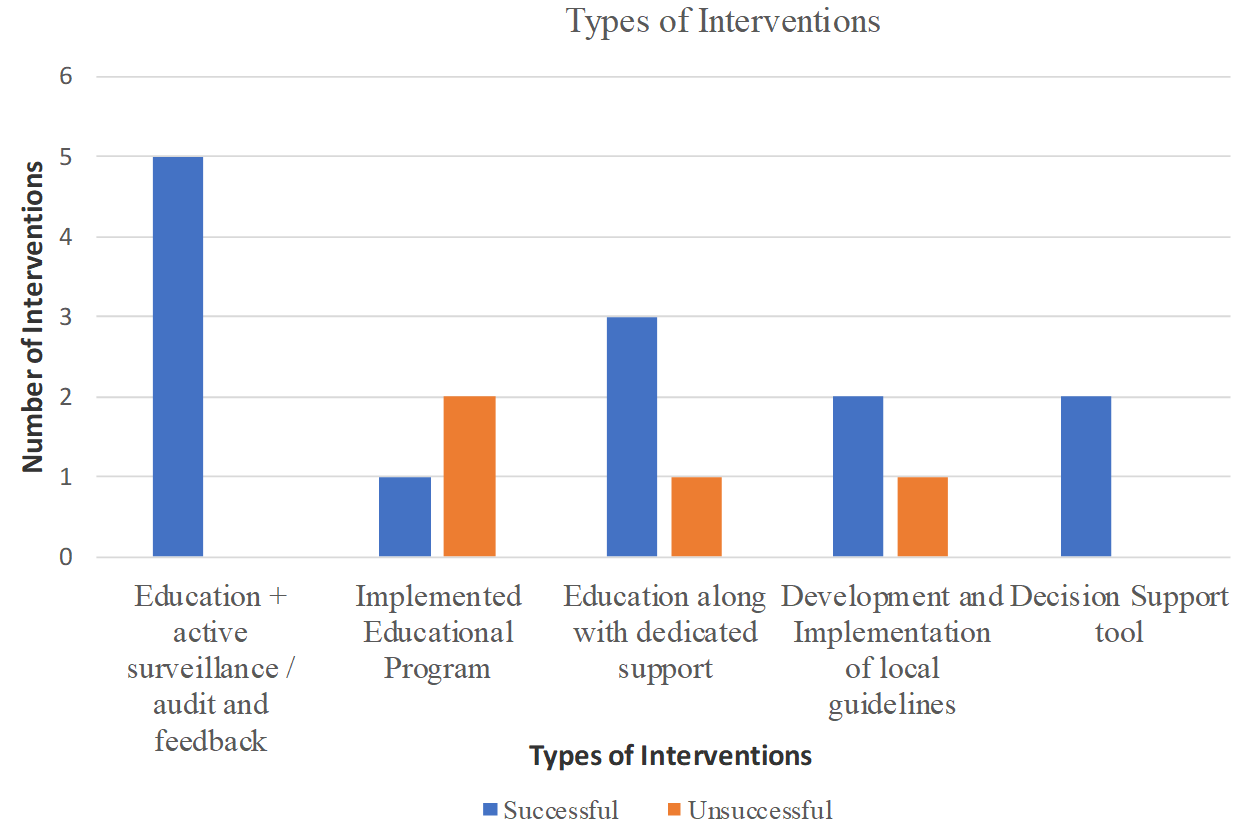Antimicrobial stewardship in residential aged care facilities: A Systematic Review
DOI:
https://doi.org/10.15419/bmrat.v7i1.582Keywords:
Antimicrobials, Interventions, Residential aged care facilities, StewardshipAbstract
Background: Antimicrobial Stewardship (AMS) programs are increasingly implemented in healthcare facilities to reduce inappropriate use of antibiotics. Inappropriate use of antimicrobials is one of the leading causes of increasing antimicrobial resistance (AMR). As such, decreasing inappropriate use of antimicrobials can reduce AMR. The main objective of this systematic review was to identify the effectiveness of AMS interventions in reducing inappropriate antimicrobial use in residential aged care facilities (RACFs).
Methods: Multiple databases were searched to identify studies evaluating the effectiveness of AMS interventions in RACFs. Descriptive studies and those, which did not report an outcome measure related to antibiotic usage, were excluded.
Results: Overall, 6505 studies were identified and 17 were included. Most of the studies were randomized controlled trials and single faceted interventions. All of the interventions were education and training targeted at physicians, nurses or both about appropriate use of antimicrobials in RACFs. The studies reported a high success rate with 68% of interventions being successful while 32% of interventions were found to be ineffective.
Conclusion: Educating and training nurses and physicians about evidence-based management of infectious diseases may lead to a reduction in inappropriate antimicrobial use in RACFs. The likelihood of success increases with targeting physicians - either as the sole recipient of the intervention or together- with nurses.

Downloads
Published
Issue
Section
License
Copyright The Author(s) 2017. This article is published with open access by BioMedPress. This article is distributed under the terms of the Creative Commons Attribution License (CC-BY 4.0) which permits any use, distribution, and reproduction in any medium, provided the original author(s) and the source are credited.
